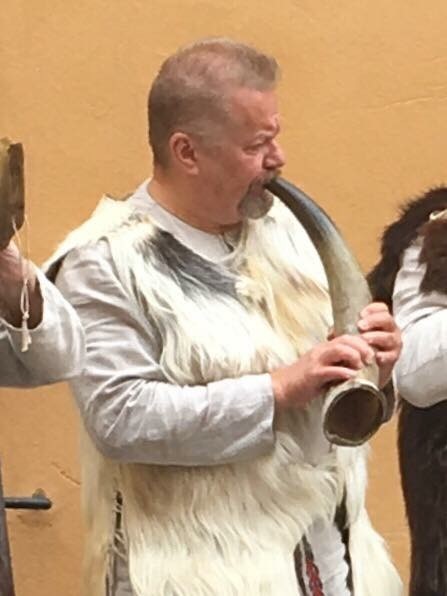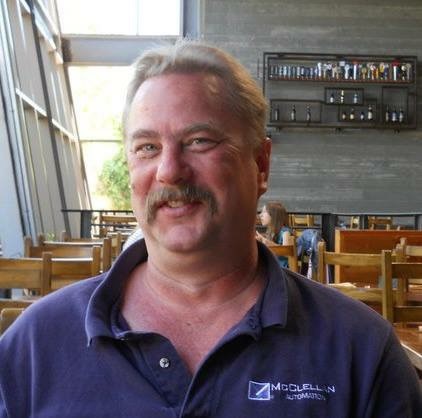By AzPHA Member Prashanthinie (Prashi) Mohan, MBA
Over the last few years, there has been more and more focus on the triple aim – improving patient experience, reducing costs, and improving population health. Accomplishing these goals requires the system to be creative and actively look for new approaches to lowering costs while improving outcomes.
Doulas are increasingly being recognized as a professional that can do just that.
Several studies have shown that moms who have doula services during their pregnancy and delivery have fewer cesarean sections and epidurals, reduced premature births, higher rates and a longer duration of breastfeeding. In March 2014, the American College of Obstetricians and Gynecologists and the Society for Maternal-Fetal medicine issued a consensus statement which explicitly stated that published data has indicated better labor and delivery outcomes when continuous support personnel such as doulas are used.
So, we’ve got better outcomes covered, what about lower costs?
Recent evidence on the return on investment for doulas is encouraging. In addition to improving birth outcomes, doula coverage can also be cost effective (if not cost saving) to Medicaid programs. Doula coverage can help reduce costs by lowering the rate of pre-term and cesarean deliveries. One study conducted across 10 states computed an average savings of $986 per doula supported birth.
Despite the evidence on doula-supported births, only 6% of U.S. women who give birth are estimated to have doula support. Low income women and women of color, who are the most likely groups to want doula services, may not be able to afford doula services, which can cost $500 to $750 per birth in Arizona. Because few health plans currently reimburse for doula services, most women are unable to take advantage of the improved outcomes and enhanced birth experience that doulas provide.
Licensed and culturally trained doulas who are from the minority communities can not only provide emotional support during the prenatal period and the delivery process, but can also help facilitate key communication between the mother and her care providers.
The question is, what are we waiting for? Doulas have proven to be effective in improving birth outcomes cost effectively in other states in the U.S. It’s time Arizonans start looking into how doula services can be efficiently reimbursed for the mothers in our state.




